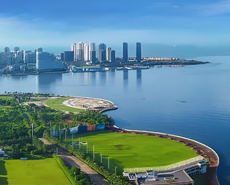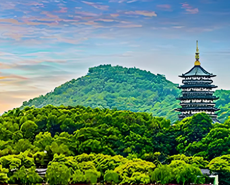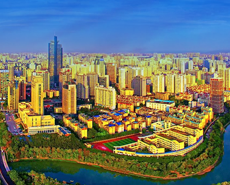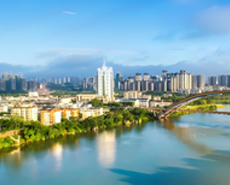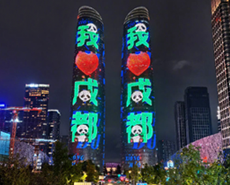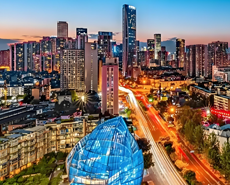
Rainbow Rare Earths positive in PrNd oxide long term demand
----Interview with Martin Eales
CEO
Rainbow Rare Earths Ltd.
CEO
Rainbow Rare Earths Ltd.
Rainbow Rare Earths is a mining company focussed on the development of their high grade Gakara Rare Earth Project in Burundi, East Africa. With in-situ grades in the range of 47-67% total rare earth oxide (TREO), Gakara is one of the world’s richest rare earth deposits. First production and sales to Rainbow’s offtake partner, thyssenkrupp Materials Trading, commenced in Q4 2017.
Asian Metal: Thanks for accepting the interview of Asian Metal, Martin! Although I believe a lot of participants know Rainbow Rare Earths, would you like to give a brief introduction of your company firstly?
Martin: Rainbow Rare Earths is a relatively small mining company listed on the London Stock Exchange in the UK, having IPO’d in January 2017. We used the initial funds raised from the stock market to finance the construction of our mine and processing plant during 2017 and our first export of rare earth mineral concentrate was made in December 2017 and we have continued to produce rare earth concentrate on a commercial basis since then.


Asian Metal: Would you please introduce your Gakara Rare Earth project?
Martin: Our Project is located in the small East African country of Burundi. The area was mined on a commercial basis for rare earths in the 1950s-1970s, but the project lay dormant for around 35 years before Rainbow started exploration works in 2011. The most surprising aspect of our deposit is that we have a ‘stockwork’ of very high grade veins (typically 47% - 67% TREO) that can be mined in low volumes on a cost effective basis with a small fleet of machinery and without the need for blasting or underground mining.
We produce and sell a mixed rare earth concentrate which averages about 58% TREO and within our basket of rare earths PrNd makes up around 19% of our total rare earths and drives the bulk of our sales value.


Asian Metal: Africa is rich in rare earth resources. Would you like to introduce some African rare earth deposits?
Martin: Yes, it is true that there are many known deposits of rare earths in Africa but at present Rainbow has the only operating mine. There are development stage projects in countries such as Tanzania, Malawi, Namibia and Angola but most of these projects still have to invest hundreds of millions of US dollars before they can reach consistent commercial production.


Asian Metal: We all know that developing a rare earth mine need to overcome a lot of difficulties. Would you like share your opinion about what are the major challenges of developing an African rare earth deposits?
Martin: As I just said, the most critical barrier to developing most projects is the financing required to construct a project. A ‘typical’ rare earth project envisages processing mined ore right the way through to mixed carbonates or separated rare earth oxides and therefore requires high capital expenditure. Because Rainbow’s ore starts at such a high grade, we have been able to commence production for a much lower capital expenditure and our concentrate product does not require much expensive processing.
As well as financing, rare earth projects need to ensure that they cani satisfy all of the mining licence requirements applicable to the country they operate in and to ensure that they meet the highest environmental standards.





